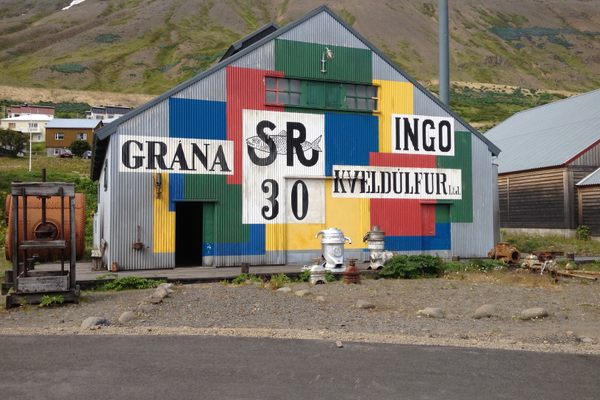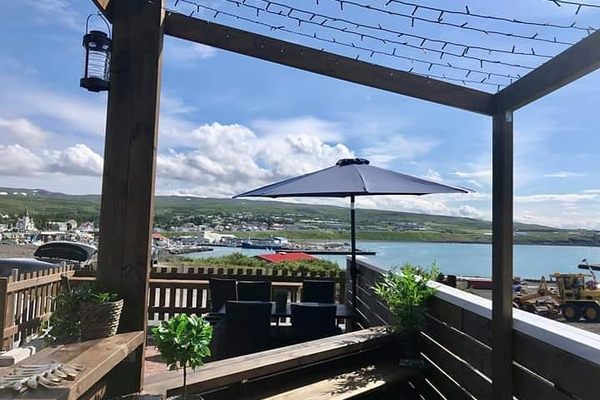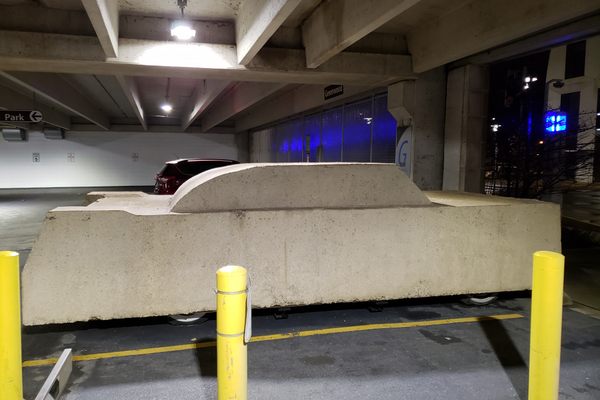Arctic Circle Marker
A giant concrete orb in far north Iceland marks the ever-shifting boundary.
Marking the geographic boundary of the Arctic Circle isn’t an easy job. It’s a constantly moving target, shifting with the Earth’s movement. And although the line is marked on maps at approximately 66.5 degrees north from the equator, its location is actually moving about 45 feet per year due to the fluctuating tilt of the Earth’s axis
Above the Arctic Circle, the sun doesn’t set on the summer solstice or rise on the winter solstice. As you get further north, the continuous day and night gets longer, reaching a full six months at the North Pole.
But how, exactly, do you mark the boundary of the Arctic pole? The city of Akureyri in North Iceland had the clever idea to do so with an art piece that will move right along with that ever-changing tilt.
The work, called “Orbis et Globus” (Latin for “Circle and Sphere”), is a giant concrete orb weighing nearly nine tons, installed on North Iceland’s Grímsey Island. The plan is to have it moved each year to reflect the Arctic Circle’s shifting position.
However, moving a 9-ton concrete sphere is no easy feat. Getting a sculpture of that size to the island was as difficult as you’d imagine. According to the Iceland Review, on its first journey to the island Orbis et Globus nearly rolled off of its transport truck and into the ocean. The idea of moving the sculpture was initially scrapped when this happened. But the residents of Grímsey Island—all 100 of them—persevered, and in September 2017, the sculpture was officially dedicated.
In addition to the orb, there are also three smaller stones marking the previous Arctic Circle boundaries on the island. Each stone is inscribed with a date: 1717, 1817 and 1917, marking the movement each century. But this recognition of the island’s place in the Arctic Circle won’t be around forever. Although Grímsey has been in the Arctic Circle for 300 years, it’s not staying there. By 2047, the circle will have moved north of the island, not to return for 20,000 years.






















Follow us on Twitter to get the latest on the world's hidden wonders.
Like us on Facebook to get the latest on the world's hidden wonders.
Follow us on Twitter Like us on Facebook